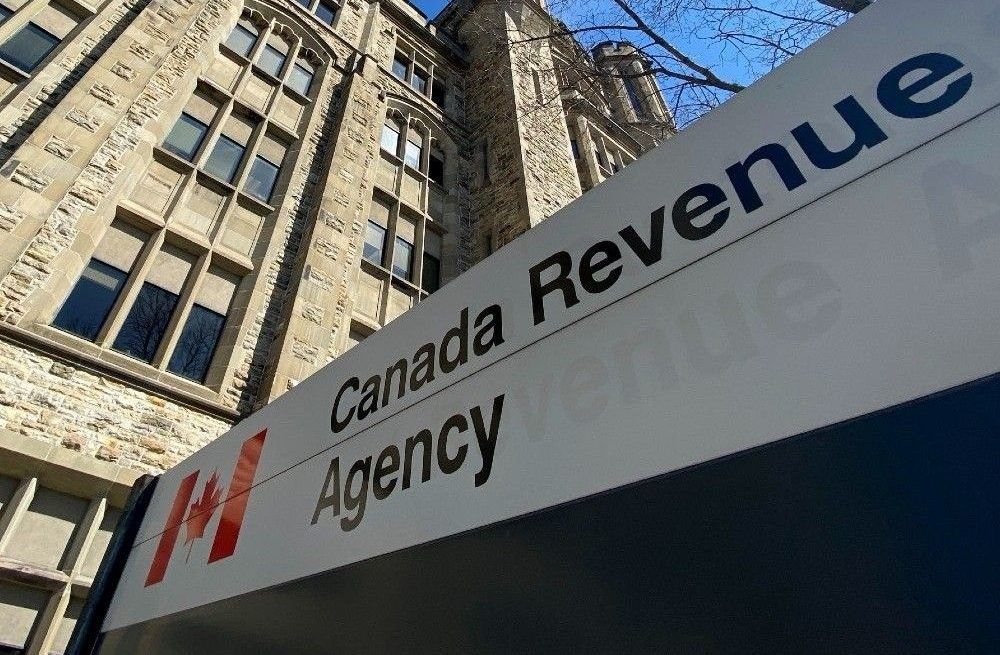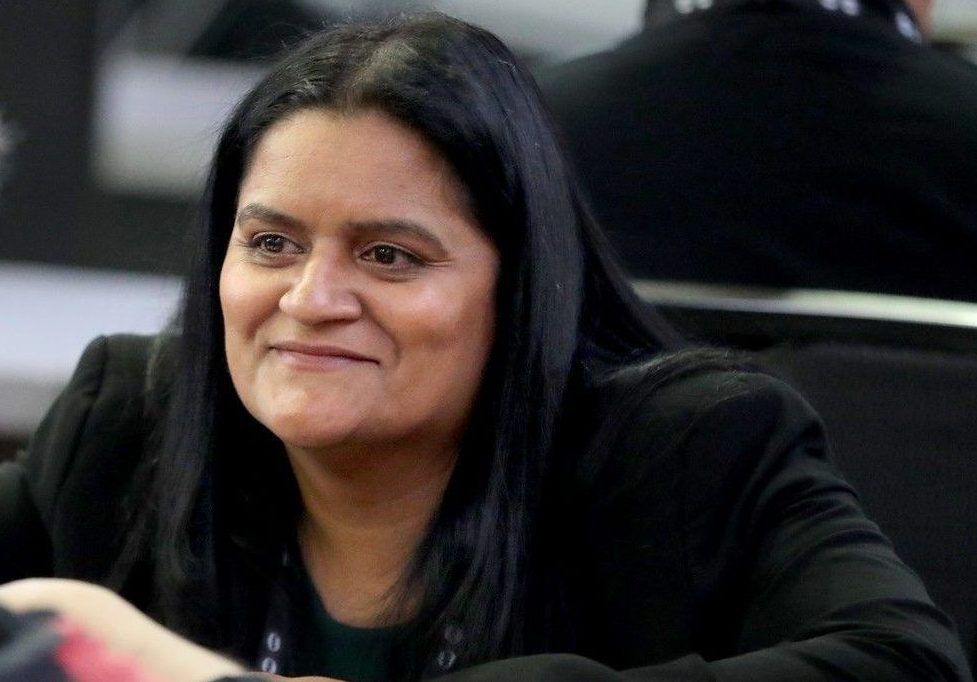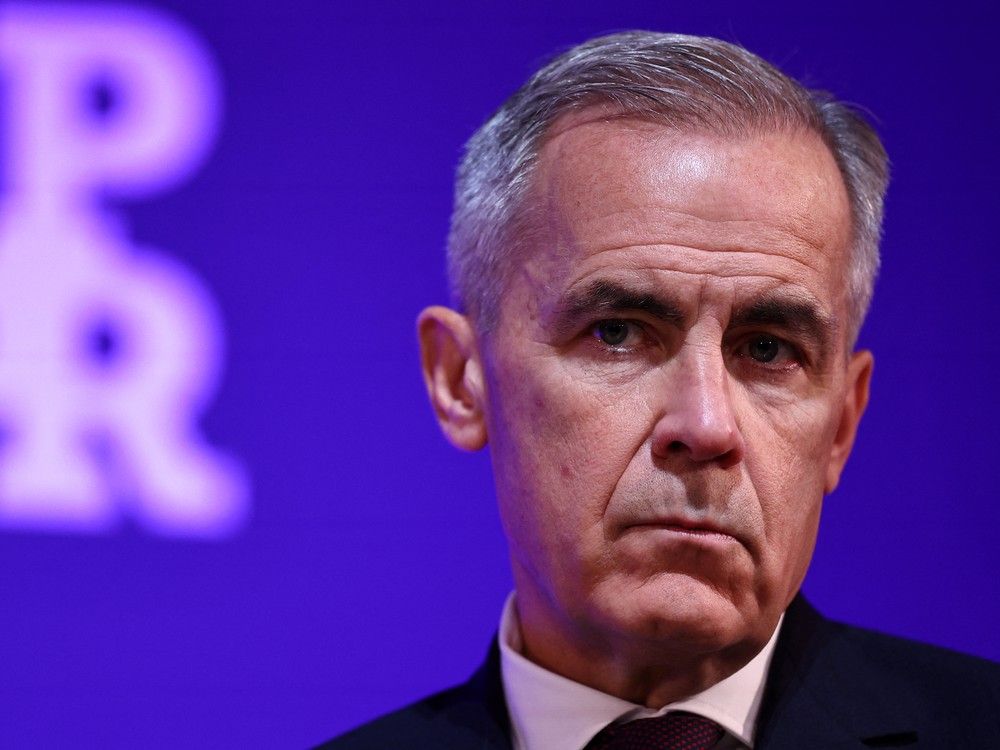
It hasn’t been an easy summer for the Canada Revenue Agency.
We’re now about a month into the agency’s 100-day plan to get its call centres in order and we still don’t know exactly how many resources have been diverted to fix the problem.
Along with that news, here are four public service stories from the past week we’ve been following so you don’t have to.

How many contract workers will the CRA rehire?

As the CRA tries to mend the issues that are plaguing its call centres, the agency has been vague about the number of contract workers it is rehiring.
The agency had let the contracts of thousands of employees expire, partly to trim down its workforce after it swelled during the pandemic years. But it reversed course on ending the contract of call centre employees after backlogs forced Finance and National Revenue Minister François-Philippe Champagne to call on the CRA to fix the issues within 100 days.
At the time, Champagne’s office said that the CRA would not be given additional funding to deal with the backlogs and that the agency would reallocate resources from elsewhere.
A week before the 100-day plan was announced, the Ottawa Citizen reported that the tax agency reversed course on ending the contracts of around 850 call centre workers in September and instead extended them until March 2025.
Now, the CRA points to the same 850 call centre workers and an undisclosed number of customer service representatives that will support the struggling call centres.
The CRA “is in the process of rehiring a number of service representatives in the coming weeks,” Etienne Biram, CRA spokesperson, said in a statement.
However, Biram did not say how many service representatives the tax agency was looking to rehire. On the CRA’s website monitoring progress on the 100-day plan, the section on rehiring is marked as “complete.”

John Hannaford gets a new government job

John Hannaford, the previous clerk of the Privy Council, has been tapped to be Canada’s representative to strengthen ties with the European Union.
On Oct.1, the Prime Minister’s Office announced that Hannaford was being appointed the personal representative of the prime minister to the EU.
Hannaford will now play a key role in deepening ties with the European bloc, including on key files like trade and defence.
Hannaford brings with him three decades of experience in the public service, including expertise on foreign policy, defence and international trade.
Canada and its European counterparts are now navigating a disruption to the so-called rules-based order that was once led by the United States.
It has led to Prime Minister Mark Carney claiming a pivot towards European allies on trade, defence and other foreign policy priorities.
Hannaford now finds himself in the middle of those negotiations as a steward for the Prime Minister’s Office.

Feds look to remove WFA changes from collective agreement: union

The largest federal public service union has claimed that the Treasury Board has proposed removing the power to negotiate improvements to the workforce adjustment process from its collective agreement.
Late last month, the Public Service Alliance of Canada (PSAC) said in a news release that the federal government made the proposal in negotiations about a new collective agreement.
Workforce adjustment (WFA) is a process used when layoffs for permanent (or indeterminate) employees are announced to ensure that workers are offered a relocation within the federal government when possible. The process can play out over a number of years and gives workers more options when their positions are deemed redundant.
In a statement, the Treasury Board spokesperson Rola Salem said that “it’s unfortunate that some elements of the negotiations may have been portrayed in a way that could lead to misunderstandings or concern among employees.”
Salem added that the Treasury board proposed “aligning the WFA provisions in PSAC agreements with other agreements.”
“This approach is designed to provide clarity, avoid confusion, and ensure the fair and transparent treatment of employees,” Salem said.
Salem also added that the Treasury Board’s focus was to find “common ground” with public service union to ensure quality service delivery.
The workforce adjustment process has been top of mind for many public servants recently following the announcement of a spending review by Prime Minister Mark Carney’s government.
Earlier this summer, Champagne asked ministers to find 15 per cent savings in the departments and agencies they oversee over three years.
“With potentially the largest public service cuts in a generation looming, workers need real security at the bargaining table, not empty promises,” DeSousa said.

Majority of Canadians don’t think Carney will cut the public service

A majority of Canadians don’t expect the government to cut federal operations, according to an Abacus Data poll, released on Sept. 23.
In a new poll released from David Coletto, CEO of Abacus Data, Canadians were asked where they thought the government would find the money to pay for its campaign spending promises.
In the poll “only 38 per cent of Canadians expect the government to cut federal operations, likely by trimming the public service,” Coletto said in an analysis of the poll.
Meanwhile, another 41 per cent of Canadians believe the government “will simply borrow more and run a bigger deficit.”
In his analysis, Coletto also said that the government would have to balance the risk of cuts that could impact services with public benefits, particularly on pocketbook issues.
“There is also a real risk that, if the government announces cuts without accompanying investments in high-salience areas like housing or affordability, public reaction could skew sharply negative,” Coletto wrote.